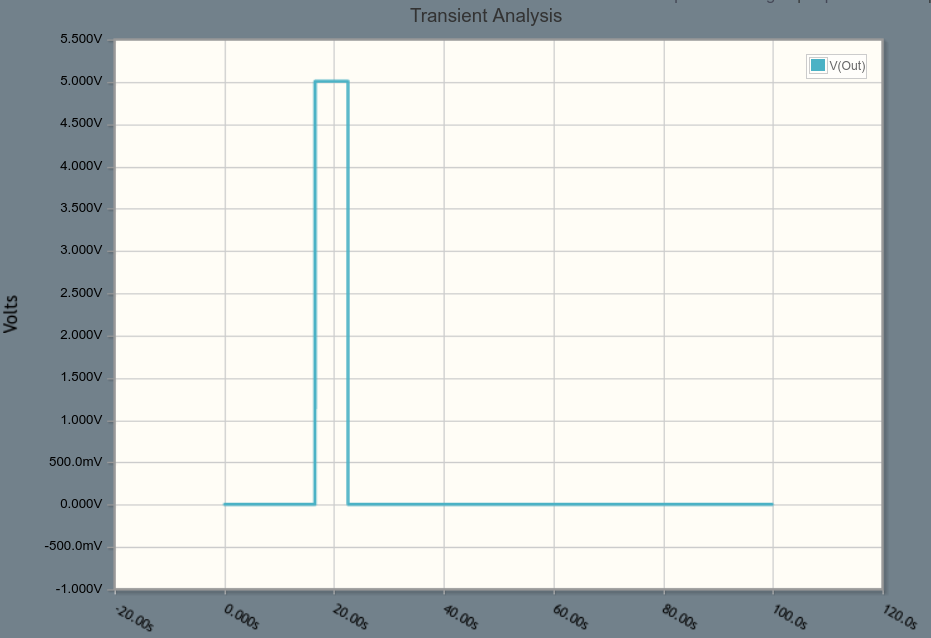This is a very beginner's question - I apologize if this is some trivial extension of a known practice.
Can I use one 555 timer without any extra transistors/IC to generate a delayed pulse as shown below upon powering up the circuit?
The intended circuit has no buttons or other external triggers. It is activated by being suddenly connected to power (from z-wave smartswitch) and is supposed to:
- after power up, keep output pin low for ~15 seconds
- put output pin to high for ~5 seconds
- finally, put it to low and keep it there forever
This probably can be done easier with two 555 timers but I think that one 555 timer should be able to do it as well. This is also a great learning experience in understanding the mechanics of 555.





